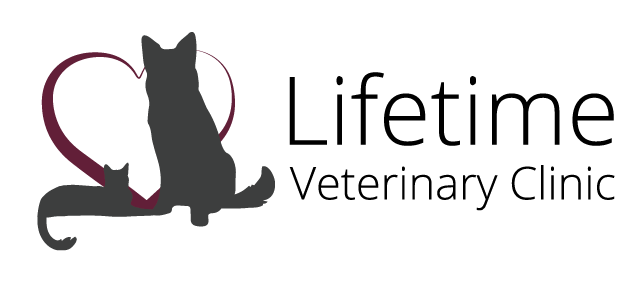Library
-
Cerebellar hypoplasia is a developmental condition in which the cerebellum of the brain fails to develop properly. It most commonly occurs when a pregnant cat becomes infected with feline panleukopenia virus and passes the infection to her unborn kittens. Since the cerebellum is responsible for purposeful movement and coordination, the symptoms of this condition may not become apparent until the kitten starts to try to stand or walk on its own. There is no treatment; however, kittens with cerebellar hypoplasia are not infectious to other kittens or cats, are not in any pain, and will learn to adapt to their disability over time.
-
Chediak-Higashi Syndrome is a rare genetic disease of smoke-blue Persian cats. The condition affects how the body processes waste products, resulting in changes within the body’s cells and leading to abnormal pigmentation of the skin and coat. The condition can lead to eye abnormalities and problems with blood clotting, but most cats can have a normal lifespan with careful health monitoring.
-
Chin acne in cats is a poorly understood disorder of follicular keratinization (the overproduction of keratin, a protein found in the outer layer of skin). If this excess keratin is trapped in the hair follicle, comedones (blackheads) form. Pustules (pimples) may form if bacteria infect the comedones. The underlying causes are not fully understood but may be associated with excess sebum production, viral infection, immunosuppression, stress, or poor grooming. Treatment options are available and often involve improved hygiene.
-
Chlamydial conjunctivitis in cats is highly contagious and can look similar to herpes conjunctivitis. Young cats and kittens are especially vulnerable to this infection, although chlamydia can be detected in cats of all ages. It is one of the most common causes of infectious conjunctivitis in cats. This handout describes the clinical signs and how this condition can be treated or prevented.
-
Cholangitis/cholangiohepatitis in cats refers to inflammation of the bile duct or a combination of inflammation of the bile duct, gallbladder, and surrounding liver tissue. The clinical signs, diagnosis, treatments, and prognosis of the conditions are outlined in this handout.
-
Chronic bronchitis is a long-term inflammatory condition that affects the pulmonary or respiratory system. This condition is irreversible and is slowly progressive.
-
Chronic kidney disease (once called chronic kidney failure) is mainly a problem in mature and senior cats (seven years and older). Unfortunately, once the kidneys are damaged, they have minimal ability to recover. However, with proper management, most CKD cases progress very slowly. This handout describes the clinical signs of the condition, along with causes, diagnosis, treatment, and nutritional management.
-
Chronic upper respiratory tract disease in cats results from inflammation of any part of the upper respiratory tract. Many conditions contribute to this. Treatment is based on the underlying cause.
-
Chylothorax is a life-threatening condition caused by chyle leaking out of the thoracic duct into the chest cavity, causing lung compression and the inability of the lungs to fill with air. This occurs more commonly in purebred cats. The causes, diagnostics, treatments, and prognosis are explained in this handout.
-
Your cat's skin and coat condition are good indicators of her health. A healthy coat should be shiny and smooth, not brittle or coarse, and healthy skin should be supple and clear, not greasy, flaky, or bumpy. Selective breeding has led to the development of cats with various coat characteristics requiring varying grooming needs. To maintain healthy skin and coat, your cat also requires a properly balanced diet.

